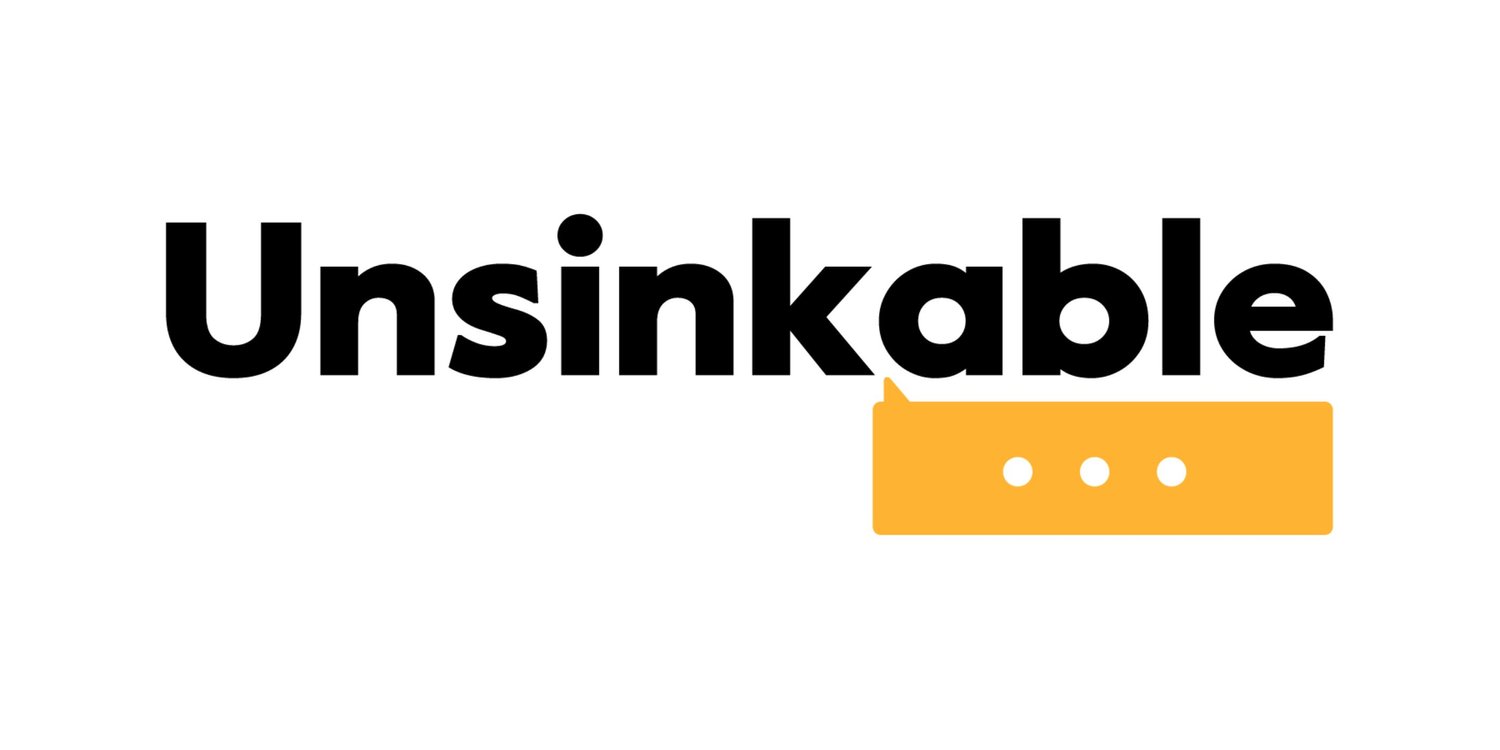Helping Courtney by using Neurofeedback training
As a registered psychotherapist, I work with many wonderful individuals who have experienced bumps in this road called life. They come to me searching for strength, resilience, and sometimes a lifeline. Though there are often similarities between their stories and Courtney’s, they are also all unique. Many have believed things would never change, or that they are somehow to blame for their struggles.
When Courtney told me about Unsinkable, I jumped at the chance to contribute. It is an honour to share how Neurofeedback treatment has helped my clients, as well as an amazing opportunity for others to learn about Neuroptimal. I am humbled every time I hear about the positive life changes people (and those around them) have experienced.
When I first heard about Neuroptimal, my initial thought was “if I can make that kind of difference in peoples’ lives, how can I not do it? Isn’t this why I am a psychotherapist?”
I have never looked back.
When I first acquired it, my father, who had been ill for quite some time, was nearing his end. I spent the next 4 months with him as much as I could. I was also the only one using my new system. As I had never lost a parent before, I can’t compare. What I can say is that the Neurofeedback helped me through a tremendous loss, and a very difficult time.
It continues to help me be a better therapist; I also feel clearer, more balanced, and full of positive energy. And yes, it makes a difference in my personal life too.
Fast forward to today. I have had the privilege of helping people create positive shifts, improve self-compassion and strength, and move forward in their lives without the weight of difficult emotions or unprocessed life events. But do you think I could convince my son to try it? Not a chance!
Imagine a strong teenager (with some attitude). He always said he was sure neurofeedback was helpful for others, but not for him. Last year, during his second year at Laurier, he was struggling with anxiety. He was paralyzed by it. I was spending a lot of time driving back and forth to either visit or bring him home, supporting him anyway I could. I couldn’t be his therapist, but I could be his mom, and I could help him with neurofeedback. At this point I literally forced it on him. He did two sessions his first day and was able to write a midterm the following day. He decided to defer the rest of his midterms and stay home.
After 14 neurofeedback sessions, he stood up with a smile on his face and said, “you know, this shit really does work!”
I thought, thanks for your vote of confidence, son!
But most of all, I felt gratitude he was feeling better. He went back to school, studied with confidence, and made decisions with less difficulty and little anxiety. As an added bonus, his basketball game has improved, and he can easily get up in the morning even when he doesn’t want to!
So, I’m sure you’re wondering what Neurofeedback is! Now, how to explain without sounding like an advertisement or an infomercial… Simply put, Neurofeedback helps train your brain to be at its best. It reads your brainwaves through your central nervous system, communicating that information back to your brain through audio.
Once your brain receives that information, it adjusts itself, ultimately integrating the information and creating new pathways. I always tell my clients that it calms their brain, so it responds to things differently, releasing past traumatic events.
The amount of sessions required to feel a difference vary for everyone. Quite often, around the 6th or 7th session people have an “Aha!” moment, when they notice something is different – even though they may not be able to pin point exactly what has changed. One client told me after the first session that they felt “a bubble of happiness,” something they hadn’t felt for a very long time.
One of the things I love most about Neurofeedback is that it has worked for everyone so far: if a client doesn’t want to talk, is feeling vulnerable, or believe they won’t be able to function, Neuroptimal is great. They don’t need to say anything.
Of course, most do eventually end up talking, and some even end up sharing recipes – another benefit of my job!
When someone gets to a place where they feel satisfied or comfortable, the sessions can stop. Unlike other treatments, the positive changes remain. Some people choose to come for regular “maintenance”, otherwise the new norm stays with you.
Something else I really like about Neuroptimal is that it is completely Canadian. It was created by Drs. Valdeane and Sue Brown, located in Montreal.
My genuine belief is that it takes strength to ask for help, to recognize that we are human and we can only handle so much. My work allows me to help my clients, building upon their strengths. I love helping them build new pathways to live rich and meaningful lives, without being overshadowed by pain, lack of focus, anxiety or depression.
I look forward to hearing your stories.
Suzanne Wiseman
www.wisemancounsellingservices.ca
Unsinkable Storytelling Author: Suzanne Wiseman


